Crochet dolls, much loved for their handcrafted beauty and sentimental charm, need special care to maintain their aesthetic appeal and longevity. Cleaning and maintaining these beautiful crochet toys demands the right techniques of care from maintenance to repair, whether you are the collector or the crafter.
In this guide, we will provide practical cleaning tips, repairing small damages, and preventive care techniques to continue seeing your crochet dolls at their best for years to come.
What Makes Crochet Dolls and Amigurumi Unique?
The crochet dolls and amigurumi crochet are more than just toys; they are a statement of art and show personal touches with each stitch.
One of the most appealing features about crochet dolls is the extent to which they can be tailored. From creating your character to bringing your favorite one into the real world, crochet opens the door of creativity wide.
Crochet dolls amigurumi are Japanese words for small, filled-yarn creatures, but these are usually designed to be cute and fanciful. Among the most outstanding features that distinguish them are their large-headed, tiny-limbed designs, which give them the adorably cute appearance of anything from a monster to an animal.
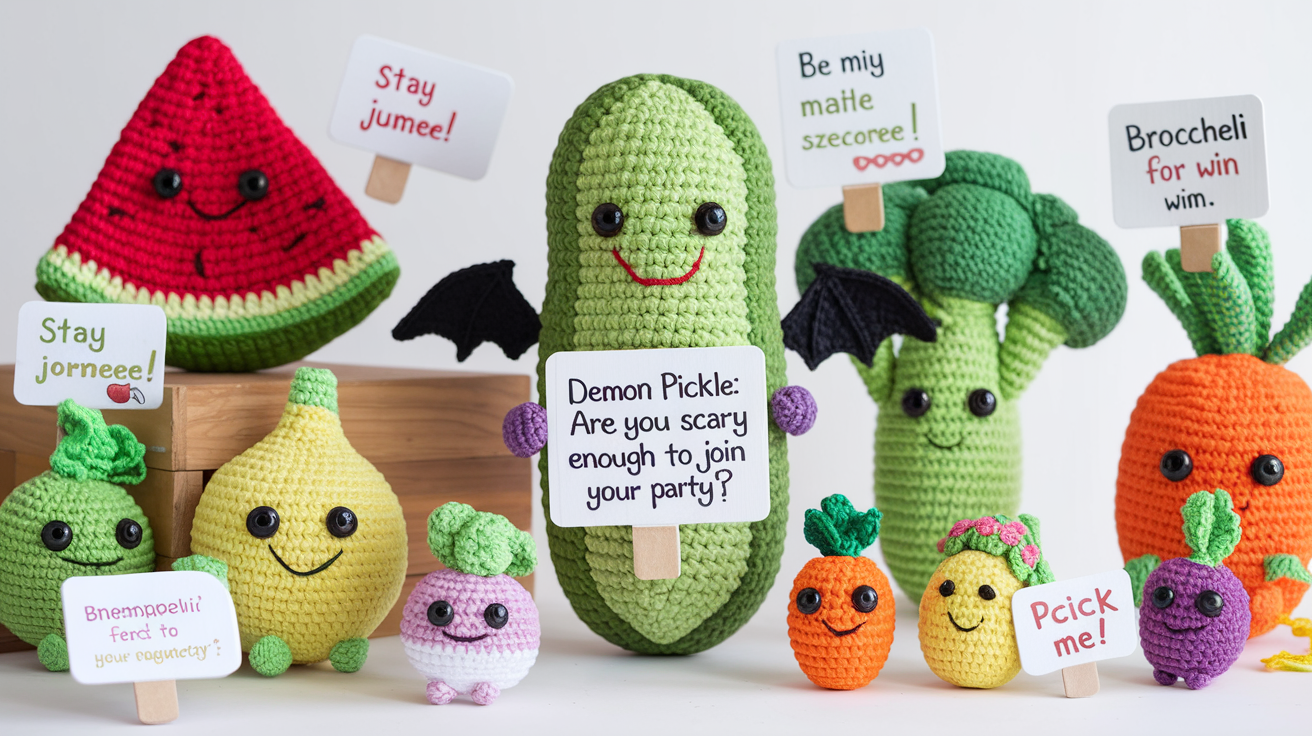

Materials and Construction Considerations
The kind of materials used in making the personalized crochet dolls is not only important for the looks but also for the purpose of long-term care. The most usable materials in making crochet dolls are:
Cotton yarn is durable and easy to clean; because of its natural feel and strength, cotton yarn is often preferred. It doesn't pill or stretch so much over time.
Wool Yarn: This fiber, though soft and warm, demands extra tender care, particularly in washing.
Acrylic Yarn: One of the most economical synthetic yarns, it is available in several color types.
Synthetic or blended fibers: provides an assortment of strength, flexibility, and a reasonable compromise between softness and no need for great maintenance.
Buttons, beads, and safety eyes give personality and detail to the dolls but also require consideration in care; a little rough cleaning can accidentally ruin them and slowly loosen them over time.
General Care Guidelines
It is not necessary to create some complicated process for maintaining your crochet toys. Below, learn from a few simple steps how to keep them as new. These include general care instructions:
- Store them in breathable containers, such as fabric bags or on open shelves. Avoid plastic bags because they allow for moisture retention.
- The crochet dolls are very delicate. If you have pets or small children, make sure they are kept out of reach for them.
- This involves lightly brushing your dolls with a soft brush or giving them a light shake to remove dirt and other particles that may be sitting on them.
- Unless the materials are marked as washable, it is best not to dip your crochet dolls into water because of the risk of stretching and warping of the fibers.
Cleaning Your Crochet Dolls and Amigurumi
How to clean crochet dolls and amigurumi? Is one of the most important ways of maintaining their beauty and, with it, extending their life.
Spot Cleaning Techniques
The safest method how to wash crochet items is to clean them at a spot. Here's how you could effectively do this:
- Mix a small amount of mild soap or detergent with lukewarm water. In such cases, harsh chemicals must not be used.
- Wet a soft, clean cloth with the soapy water solution, not soaking wet as excess water may saturate the yarn and distort the shape of the doll.
- Gently dab the stained area with the cloth. Do not rub, as that will stretch or fray the yarns.
Spot cleaning is ideal for small stains and regular maintenance.
Hand Washing vs. Machine Washing
Both hand and machine washing are possible for more thorough cleaning. Here's how crochet animals how to clean based on the characteristics of your crochet dolls:
Hand Washing
Hand washing is the most tender cleaning method for crochet dolls, specifically for those made from tender yarn, such as wool, or with accessories on.
- Fill a basin with lukewarm water, and add a small amount of mild detergent.
- Gently place the crochet doll in the water and let it soak for a few minutes.
- Lightly press the doll to work the soap through the fibers.
- Drain the soapy water and refill the basin with fresh water to rinse. Repeat until all soap is removed.
- Pressing between two towels after a rinse helps remove excess water without twisting or wringing, both of which can cause damage to the fibers.
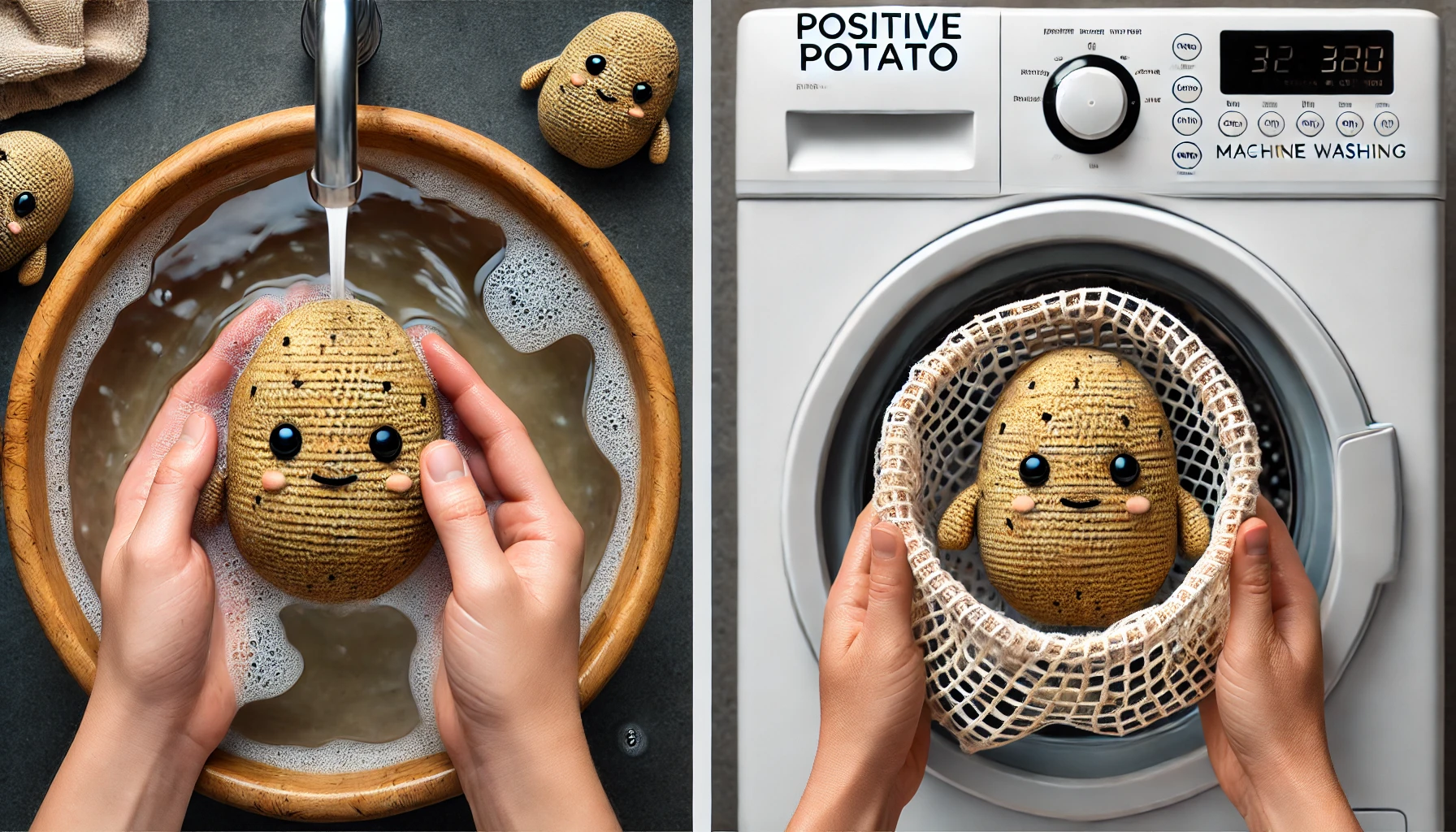

Machine Washing
Can you wash crochet items in a washing machine? Many crochet dolls, especially those made with durable, washable yarns like acrylic, may be safe to go into the washing machine.
- To protect your doll from snagging or stretching, place the doll in a mesh laundry bag.
- Generally, a delicate or gentle cycle should be chosen with cold or lukewarm water.
- Before machine washing, yarns need to be checked for their ability to be machine washed.
Machine washing, while highly convenient, distorts the shape of an amigurumi, especially those that have detailed designs. As a rule, hand washing is the most recommended since it helps to keep your crochet dolls in shape and color, while machine washing may be reserved for tough, washable yarns.
Drying and Storage Tips
Drying, like washing, is an important process to take care of your crochet animals so that they do not get misshapen or damaged. Here is a safe way to do so:
- Using towels, immediately after washing, press the doll in order to remove excess water without wringing.
- Immediately while still wet, take time to reshape the doll gently and smooth areas that might have distorted during the wash.
- Lay the doll flat on a dry towel and let it air dry in a well-ventilated area. Do not use a tumble dryer or even place the doll in direct sunlight.
Repairing and Restoring Your Crochet Dolls and Amigurumi
All crochet dolls eventually wear out over time, especially with extensive handling and playing. But instead of discarding your favorite creations, try to fix them instead. By addressing minor issues, you can restore both functionality and emotional value, allowing you to enjoy your items for many more years.
Common Issues and How to Fix Them
Some common issues and how one solves them:
- Once a stitch unravels, re-thread using matching yarn through a yarn needle, using the original pattern, to close the gap.
- Trim the frayed edges, then apply a little fabric glue to stop further unraveling.
- For those dolls, where soft stuffing has come out, you are going to have to open up the seam farther, add more stuffing, and stitch the seam closed.
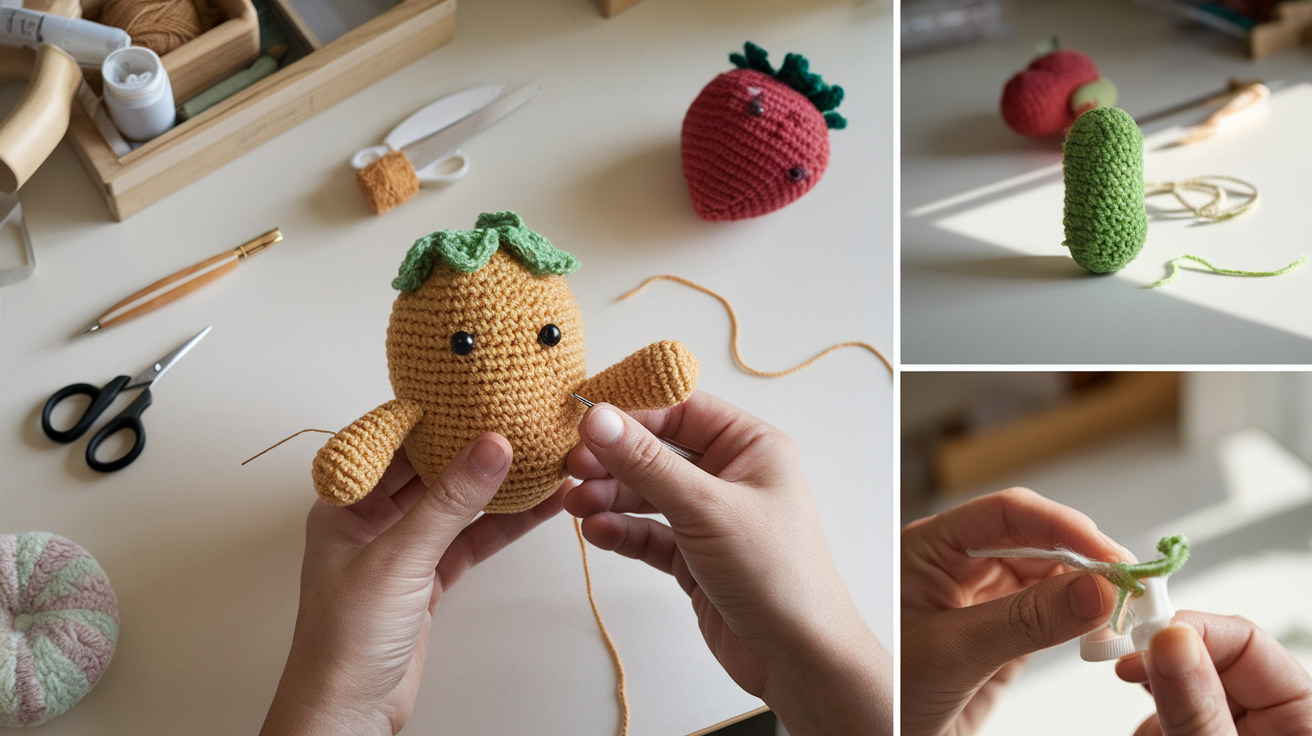

Replacing and Reattaching Parts
Should a limb, ear, or accessory come loose, well, don't panic because this is one of the easiest repairs. Reattach parts by sewing them back using matching yarn at tight, secure stitches. Reinforce the attachment by doing several small-circle sewings around the joint so that it will no longer come loose.
Replace any lost or damaged parts by making it once more with the original pattern of crochet, then sew it seamlessly onto the doll. Remember to keep stitches tight as that is important for durability.

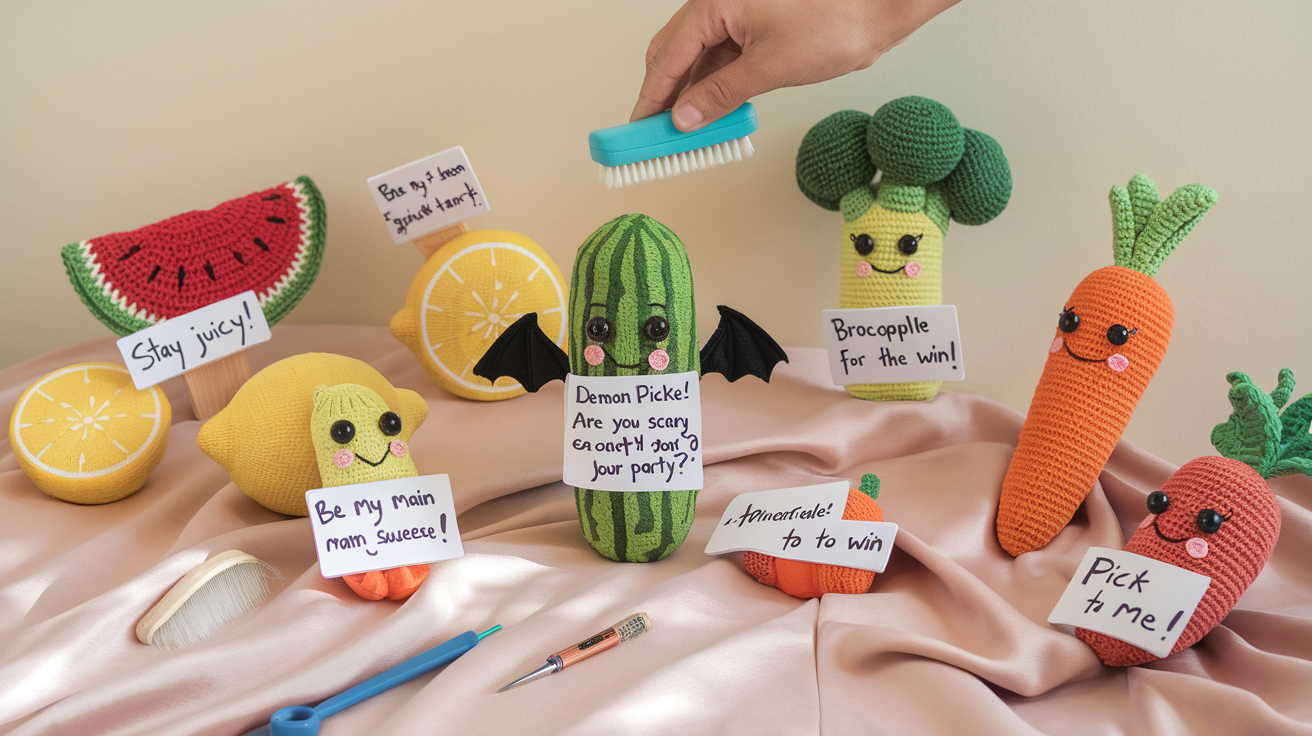
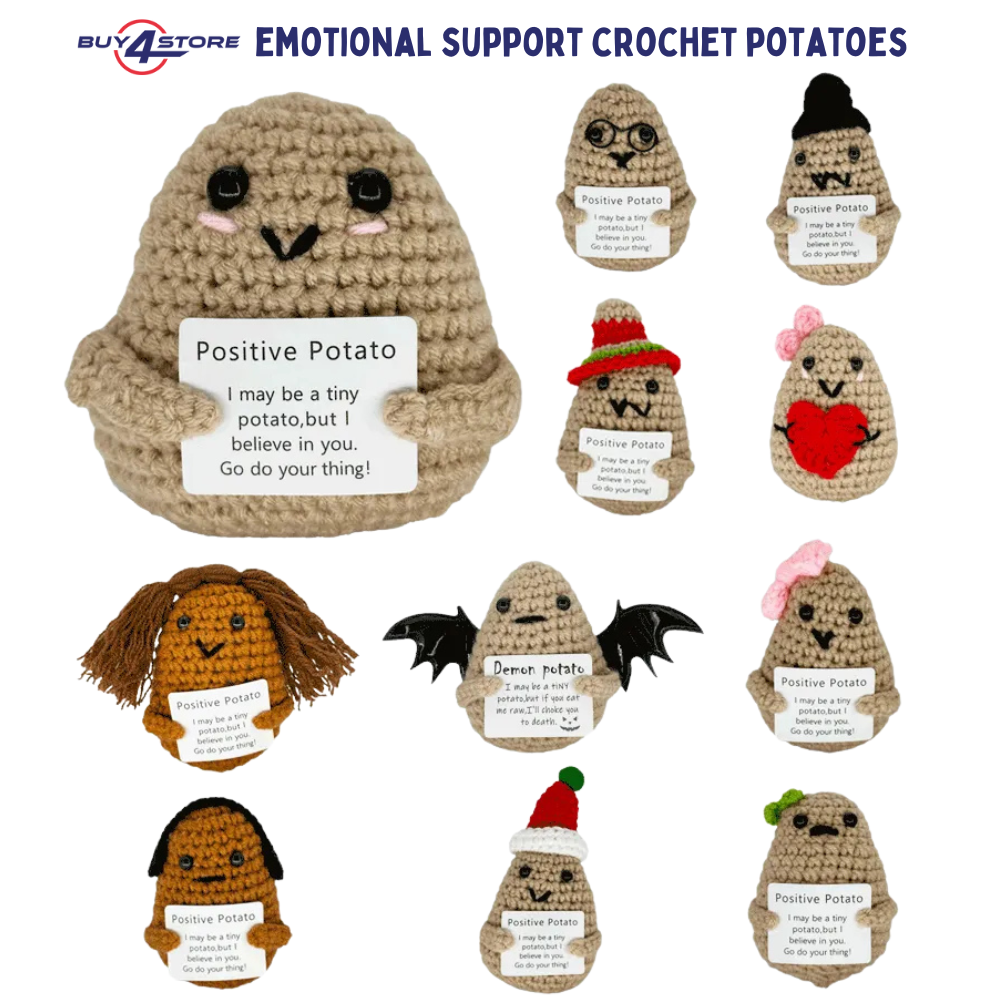
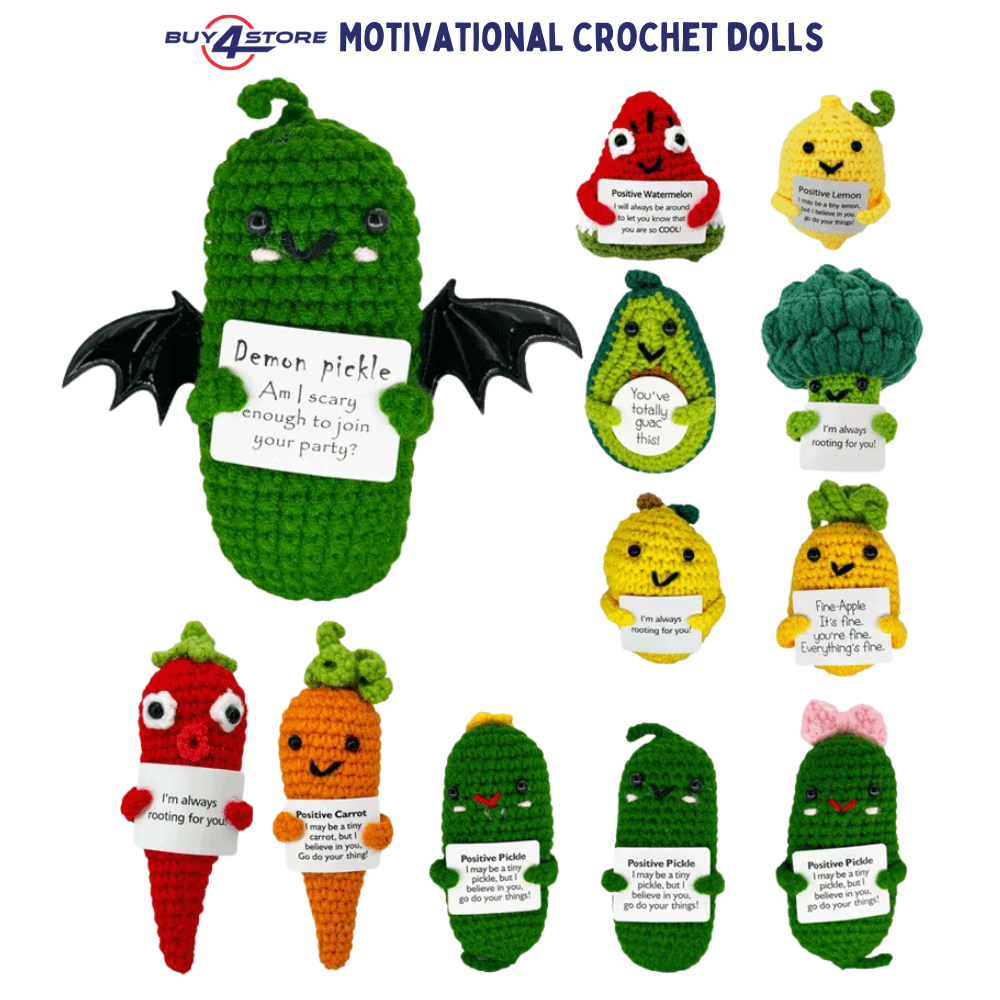




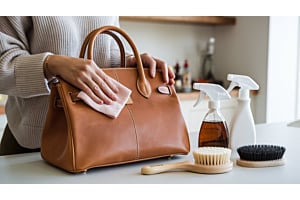

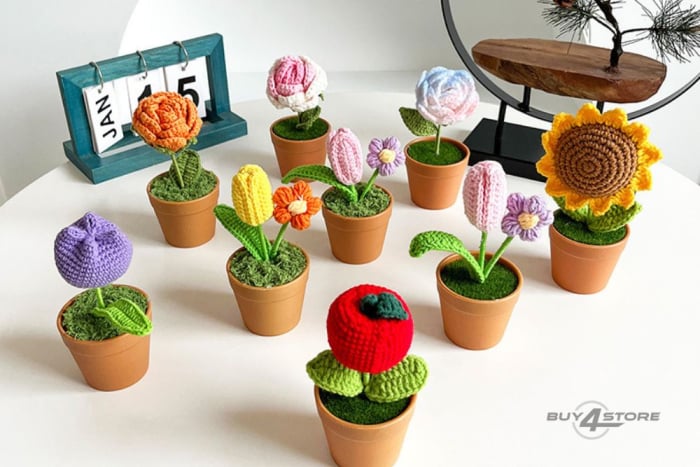
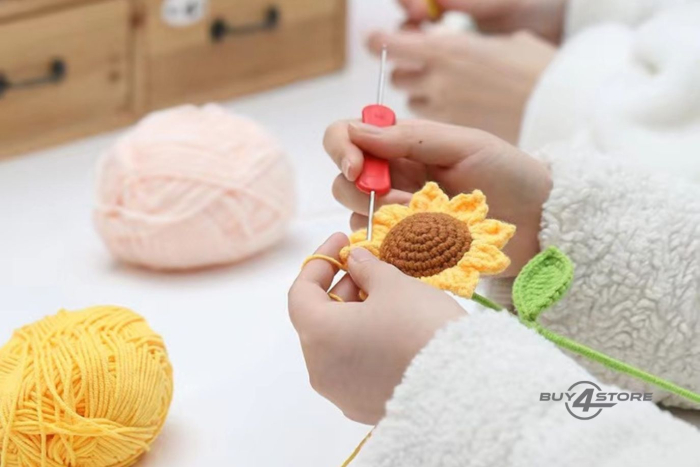
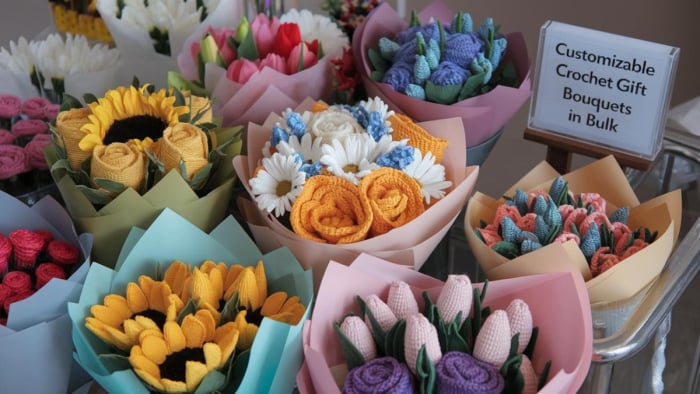
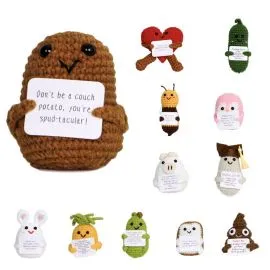
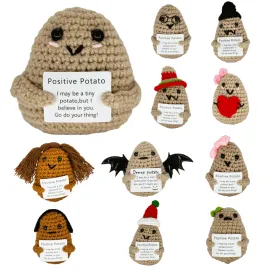

0 Comment(s)